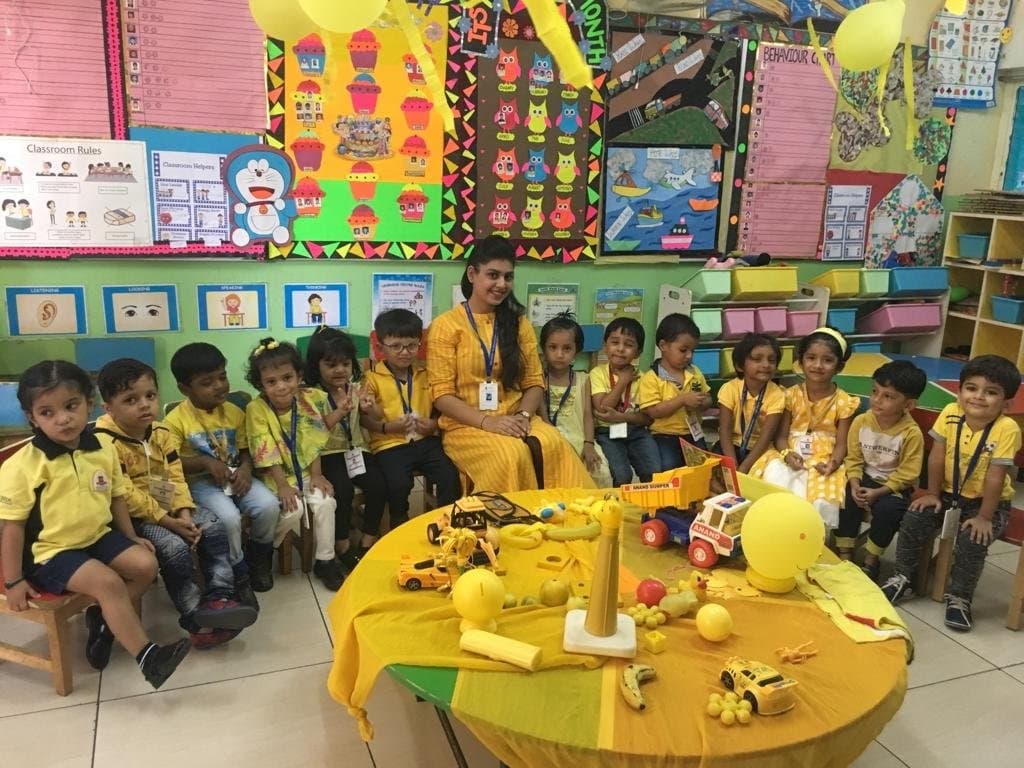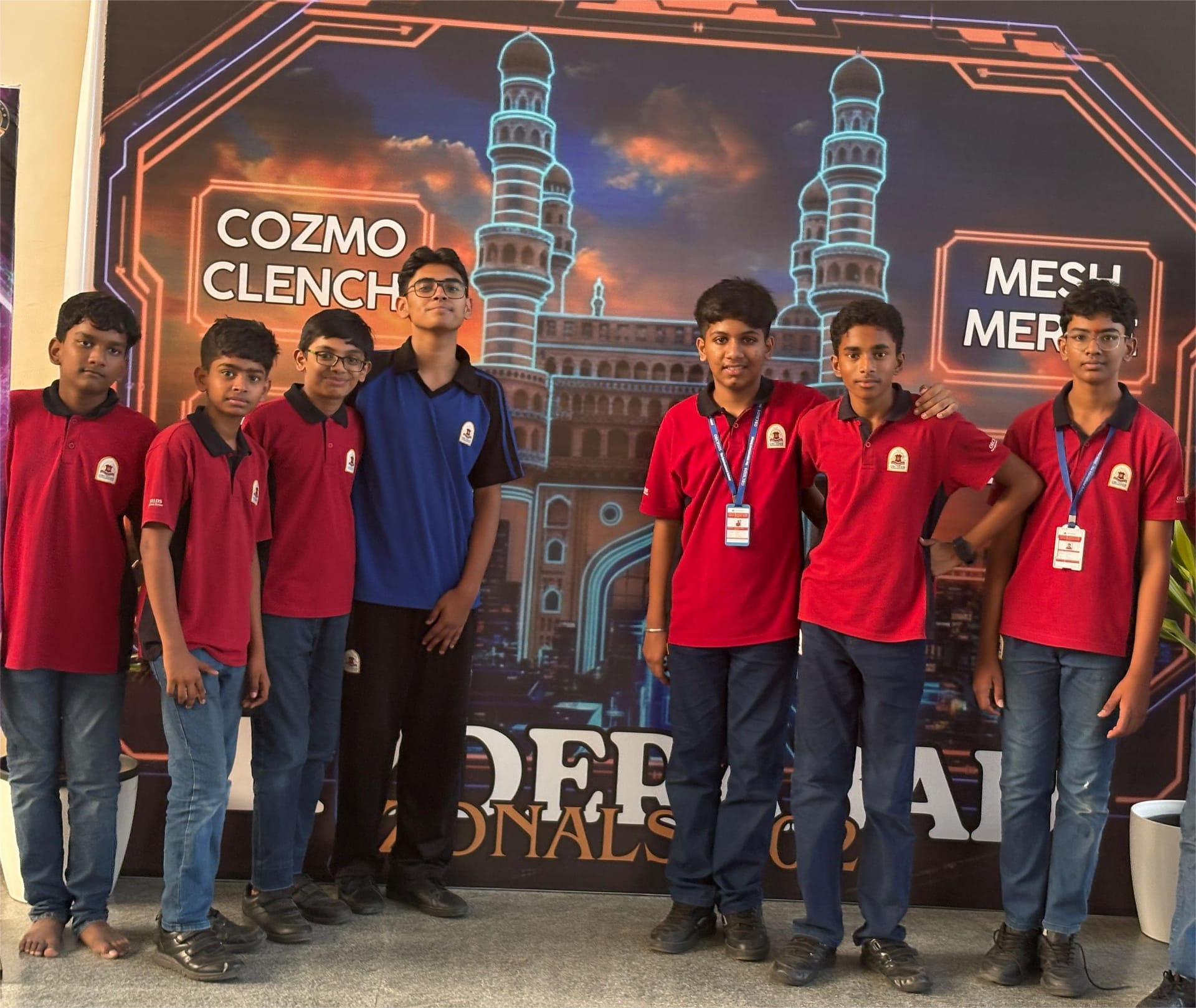Adapting Teaching Methods for Diverse Learning Needs
By Abhishek Guddad |
Date 05-09-2023

Admissions Open for
Education is not a one-size-fits-all endeavor; every student is unique, with varying learning styles, abilities, and needs. Adapting teaching methods to cater to this diversity is a fundamental aspect of effective education. By recognizing and accommodating diverse learning needs, schools create an inclusive and supportive environment where all students can thrive and reach their full potential.
One of the key principles of adapting teaching methods is differentiation. Differentiation involves tailoring instruction to meet the specific needs of each student. This may involve modifying content, process, or assessment to match the students’ readiness, interests, and learning profiles. Teachers use a variety of techniques, such as tiered assignments, flexible grouping, and varied materials, to provide personalized learning experiences that engage and challenge all students. Differentiation ensures that each student can progress at their own pace and feel empowered to succeed.
Furthermore, technology has emerged as a powerful tool for adapting teaching methods to diverse learning needs. Educational technology platforms offer a range of resources, such as interactive simulations, multimedia presentations, and online assessments, that cater to different learning styles. Technology allows students to learn at their own pace, access content in various formats, and receive immediate feedback. Additionally, assistive technologies, such as screen readers and speech-to-text software, provide invaluable support for students with disabilities, ensuring that they can fully engage with the learning process.
Inclusive classrooms also prioritize the incorporation of multisensory and experiential learning approaches. These methods engage multiple senses and learning modalities, making the learning experience more engaging and effective. For instance, using visual aids, hands-on activities, role-playing, and real-world applications helps students grasp concepts from various angles. Multisensory and experiential approaches benefit all students, as they provide multiple entry points to understanding and allow students to engage with the material in ways that resonate with them.
Moreover, collaboration and peer learning play a vital role in adapting teaching methods. Peer learning encourages students to work together, share ideas, and learn from one another. Group projects, discussions, and cooperative learning activities enable students to contribute their strengths and learn from their peers. Collaboration fosters a sense of community, helps students develop communication and teamwork skills, and provides a supportive network for learning. Students can benefit from each other’s insights and perspectives, enhancing their overall understanding of the subject matter.
In conclusion, adapting teaching methods for diverse learning needs is a cornerstone of effective education. By embracing differentiation, leveraging technology, incorporating multisensory and experiential approaches, and promoting collaboration, schools create an inclusive and dynamic learning environment where every student can succeed. Adapting teaching methods not only addresses the individual needs of students but also promotes a culture of equity, engagement, and empowerment. As schools continue to prioritize and implement strategies for diverse learning needs, they contribute to the development of well-rounded individuals who are prepared to excel in a complex and rapidly changing world.
Other Related Sections
NCERT Solutions | Sample Papers | CBSE SYLLABUS| Calculators | Converters | Stories For Kids | Poems for Kids| Learning Concepts | Practice Worksheets | Formulas | Blogs | Parent Resource
CBSE Schools In Popular Cities
- CBSE Schools in Bangalore
- CBSE Schools in Mumbai
- CBSE Schools in Pune
- CBSE Schools in Hyderabad
- CBSE Schools in Chennai
- CBSE Schools in Gurgaon
- CBSE Schools in Kolkata
- CBSE Schools in Indore
- CBSE Schools in Sonipat
- CBSE Schools in Delhi
- CBSE Schools in Rohtak
- CBSE Schools in Bhopal
- CBSE Schools in Aurangabad
- CBSE Schools in Jabalpur
- CBSE Schools in Jaipur
- CBSE Schools in Jodhpur
- CBSE Schools in Nagpur
- CBSE Schools in Ahmednagar
- CBSE School In Tumkur

Call Us to know more about Orchids
Swipe Up
















